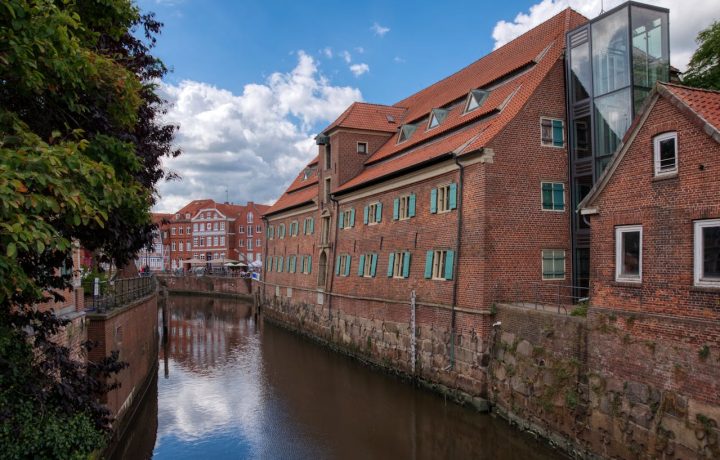In a world where environmental consciousness is becoming increasingly crucial, outdoor enthusiasts are seeking eco-friendly ways to connect with nature.
Kayaking, with its low environmental impact and intimate immersion in natural settings, stands out as a sustainable and eco-conscious hobby.
The team at Cambridge Kayaks adore getting out on the water, and one of the many benefits of this exhilarating activity is the fact that it is completely eco friendly! Here we’ll explore how you can embrace the eco-friendly aspects of kayaking, promoting both personal well-being and environmental responsibility.
Choose Sustainable Materials
The first step in fostering an eco-friendly kayaking hobby is to be mindful of the materials used in your equipment.
Cambridge Kayaks offers a range of kayaks for sale made from sustainable materials, including high-quality polyethylene and recyclable plastics. These materials not only ensure durability and performance but also contribute to reducing the environmental footprint of your kayaking adventures.
When selecting paddles and accessories, consider those made from eco-friendly materials like bamboo or recycled plastics. These options not only align with sustainable practices but also showcase the industry’s commitment to minimising its impact on the environment.
Leave No Trace
One of the fundamental principles of eco-friendly outdoor activities is the “Leave No Trace” ethic.
When kayaking, it’s essential to practice responsible outdoor ethics. This means carrying out all waste, including any rubbish or packaging materials brought on the trip.
Invest in dry bags or eco-friendly storage solutions to keep your belongings organised and prevent litter. Be conscious of the impact of suncream and insect repellent on water ecosystems, opting for environmentally friendly alternatives that won’t harm aquatic life.
Explore Local Waterways
Reducing your carbon footprint is a significant aspect of embracing eco-friendly hobbies.
Instead of traveling long distances to kayak in far-off destinations, explore local waterways and natural areas.
Cambridge Kayaks offers a variety of kayaks suitable for different environments, allowing you to enjoy the beauty of nearby lakes, rivers, and coastlines without the need for extensive travel.
By patronising local waterways, you support local communities and reduce the environmental impact associated with long-distance travel. Additionally, exploring nearby destinations provides a deeper connection to your local environment and encourages stewardship of those natural spaces.
Wildlife Observation with Respect
One of the joys of kayaking is the opportunity to observe wildlife in their natural habitats. Embrace the eco-friendly aspect of this hobby by practicing responsible wildlife viewing. Keep a safe distance from animals to avoid causing stress or disturbance. Use binoculars or a camera with a zoom lens for close-up views without intruding on their space.
Additionally, be mindful of nesting areas and sensitive ecosystems. Kayak quietly and avoid loud noises that may disrupt wildlife. By respecting the natural environment, you contribute to the preservation of ecosystems and create a positive impact on local biodiversity.
Sustainable Transportation
Embrace eco-friendly practices not just on the water but also in how you get there. Opt for sustainable transportation options when traveling to your kayaking destination.
Sharing cars, using public transportation, or even cycling to launch sites are all eco-conscious choices that reduce carbon emissions associated with your kayaking adventures.
By minimising the environmental impact of your journey to the water, you enhance the overall sustainability of your kayaking hobby.
Kayak Maintenance and Upcycling
Extend the lifespan of your kayaking equipment through proper maintenance. Regularly inspect your kayak, paddles, and accessories for wear and tear, addressing any issues promptly. The team at Cambridge Kayaks provides maintenance tips and resources to help kayakers keep their equipment in optimal condition.
When it’s time to upgrade or replace your kayak, consider upcycling or repurposing the old one. Upcycling involves creatively reusing materials to give them a new life. Old kayaks can be transformed into garden beds, seating, or even artistic installations, reducing waste and contributing to a circular economy.




